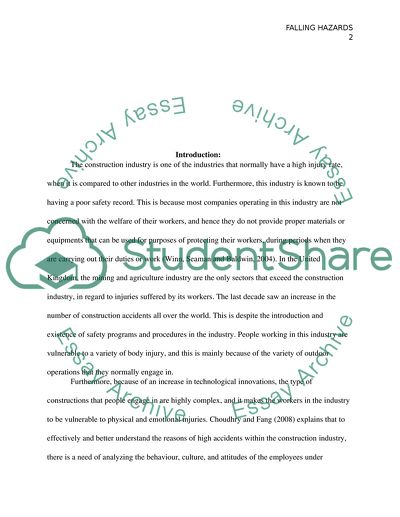Cite this document
(Falling Hazards in the Construction Industry Book Report/Review, n.d.)
Falling Hazards in the Construction Industry Book Report/Review. Retrieved from https://studentshare.org/social-science/1855367-falling-hazards-in-the-construction-industry
Falling Hazards in the Construction Industry Book Report/Review. Retrieved from https://studentshare.org/social-science/1855367-falling-hazards-in-the-construction-industry
(Falling Hazards in the Construction Industry Book Report/Review)
Falling Hazards in the Construction Industry Book Report/Review. https://studentshare.org/social-science/1855367-falling-hazards-in-the-construction-industry.
Falling Hazards in the Construction Industry Book Report/Review. https://studentshare.org/social-science/1855367-falling-hazards-in-the-construction-industry.
“Falling Hazards in the Construction Industry Book Report/Review”, n.d. https://studentshare.org/social-science/1855367-falling-hazards-in-the-construction-industry.


